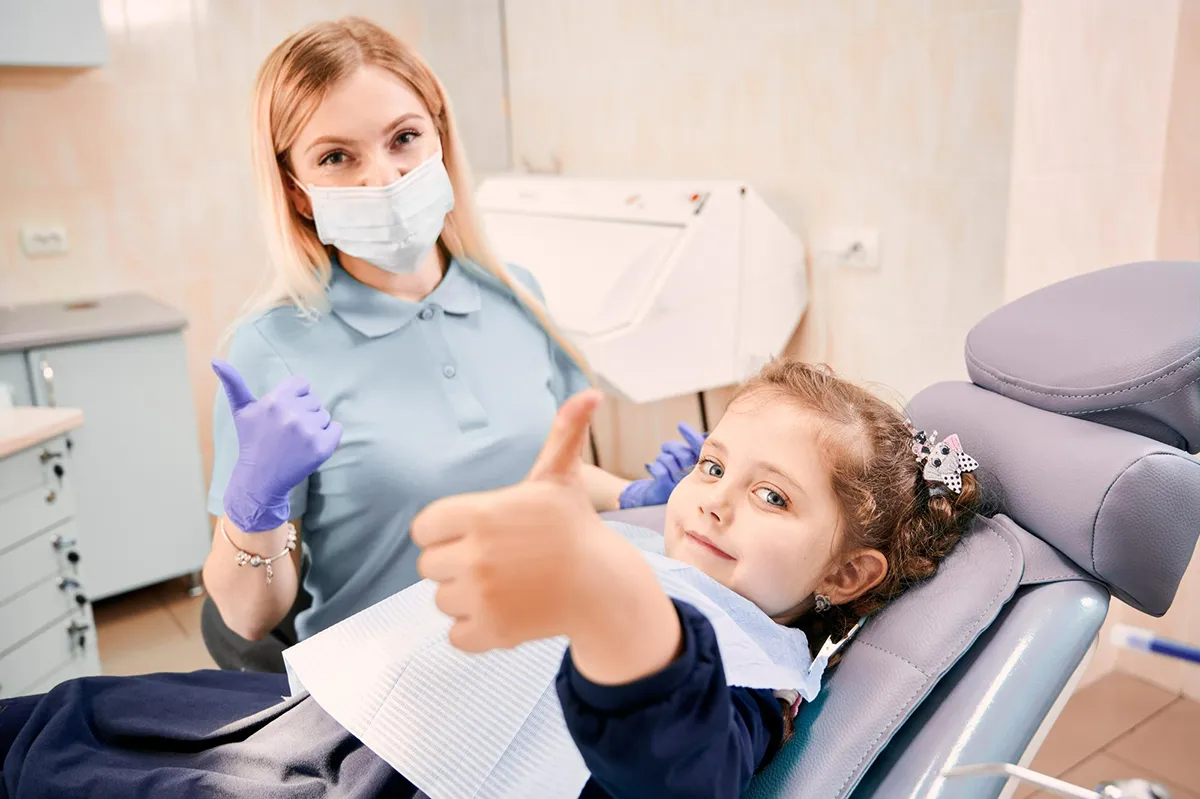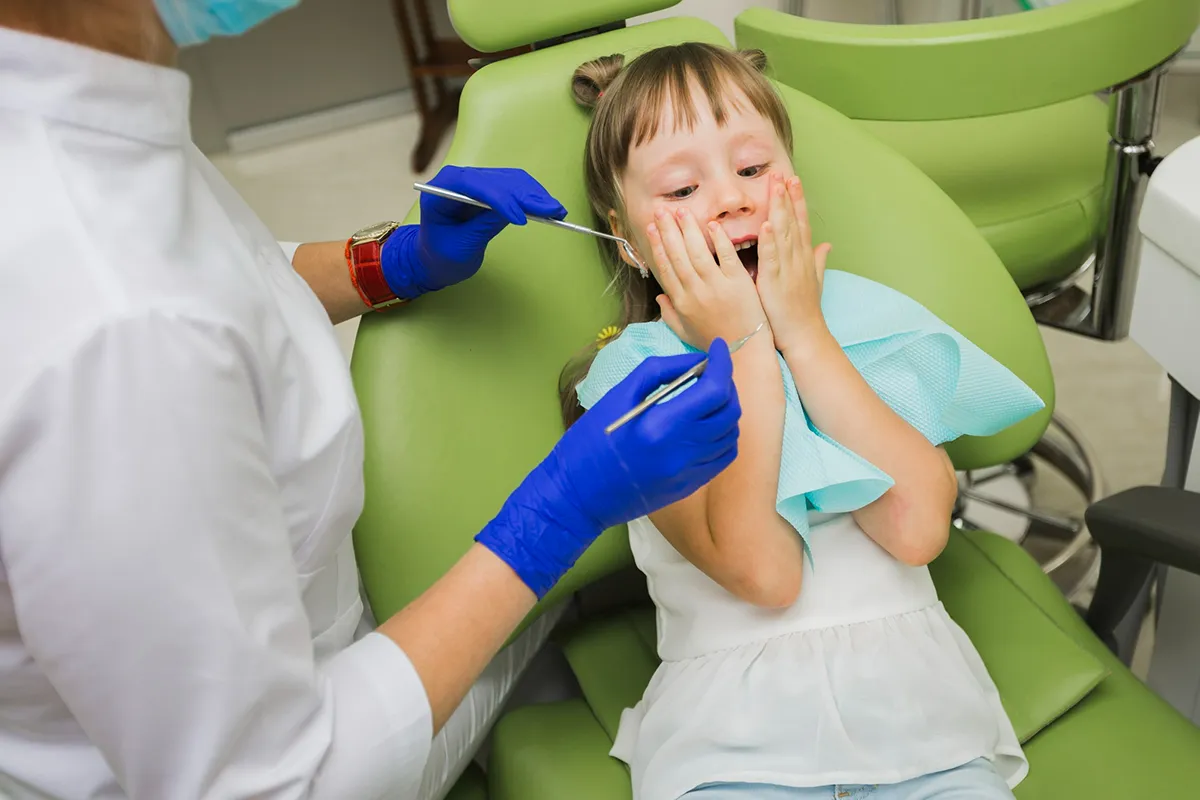Everything That You Need To Know About Pediatric Crowns
A dental crown is a cover shaped like a tooth and cemented over a tooth to restore its appearance and function. Pediatric dentistry has many uses for crowns. When a primary (baby) tooth is badly decayed (has a massive cavity), fractured (from trauma), or has not fully developed, dentists typically recommend restoring it with a kids’ dental crown.
The words “your child has cavities” are among the most difficult for a pediatric dentist to utter.
For several reasons, children’s dental decay is the most frequent dental disease, including their less-mature brushing abilities and their preference for sugary foods. Cavity-causing bacteria feed on sugars, and when people don’t practice good oral hygiene, the germs and their byproducts remain on their teeth for longer, causing decay.
When a tooth has large cavities on two or more of its surfaces, it is said to have extensive decay. Because fillings might come out, break, or wear out over time, requiring additional dental procedures, they are not viable for severely decaying or broken teeth.
Which Kinds of Crowns are Available to Fix Primary Teeth?
You can choose from several crown options if your child’s primary tooth has to be restored or repaired. Different types of crowns work better in other spots in the mouth, and each has its benefits and drawbacks.

Stainless steel:
Some dentists may suggest alternatives to metal crowns for kids allergic to metal. These crowns, often known as silver crowns, are the best option for kids. These restorations are long-lasting and sturdy, so they’re a good choice for someone who doesn’t care about how their new teeth look. Teeth toward the back of the mouth (molars) benefit significantly from their strength, resilience, and moisture resistance, making these teeth ideal for this purpose.
Stainless steel with white crowns:
A crown made of stainless steel, but with more aesthetic appeal. A white front is applied to the crown to achieve a more natural appearance. If the crown is on a front tooth displayed whenever the wearer smiles or speaks, this material is preferable to stainless steel. However, the tooth becomes slightly thicker due to the facing. The facing could chip away over time, revealing the silver steel beneath.
Composite Crowns:
These crowns have a shade identical to that of the child’s teeth. These composites have the appearance of natural teeth, but they are a combination of plastic and glass. However, porcelain crowns are more expensive, prone to staining, and less durable than stainless steel ones. Additionally susceptible to chipping are composite crowns.
Zirconia Crowns:
The advantages of a zirconia crown make it the superior option. A porcelain crown cannot compare to the strength, durability, and longevity of a zirconia crown. These crowns have a coating applied to them, giving them the appearance of a natural tooth’s luster and matching the color of the patient’s natural teeth. It enables the repaired tooth to mix in with the child’s other teeth, which is a significant benefit.
Why are Pediatric Crowns Required? Why Not Simply Extract the Tooth?

For one key reason, crowns are generally the ideal treatment strategy for decaying or broken infant teeth.
Because premature loss of a baby tooth might cause other teeth to shift out of place or turn in abnormal directions or cause crowding of developing permanent teeth, crowns are preferable to extraction; this may call for additional therapy, such as orthodontics.
By covering the decayed tooth with a kids’ dental crown, the baby tooth can continue to serve as a replacement until the permanent tooth is fully developed.
Pediatric Dental Hygiene Tips
Though many kids will fight if you try to get them to brush and floss regularly, they must learn why excellent oral hygiene is so important.
A kids’ dental crown isn’t necessary if a child maintains a good oral hygiene routine at home. Using a soft brush and fluoridated toothpaste is the first step in providing proper oral care for youngsters. Kids should clean their teeth twice daily, at least for two minutes, but they must floss once daily.
Contact your dentist in Stockton, Sajjad Rizvi, DDS, at Happy Kids Dental to know about Pediatric Crowns.
Resource:
What Are The Options For Kids’ Dental Crowns?
This media/content or any other on this website does not prescribe, recommend, or prevent any treatment or procedure. Therefore, we highly recommend that you get the advice of a qualified dentist or other medical practitioners regarding your specific dental condition.
Subscribe To Our Newsletter
Get Updates And Learn From The Best


